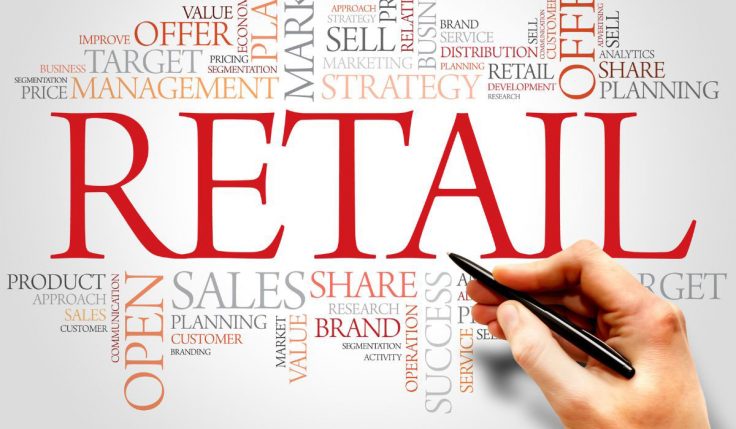In the realm of modern business, data isn’t just a buzzword; it’s a powerful tool that can shape the future of an organization. However, raw data, no matter how extensive, remains meaningless unless it is deciphered, understood, and leveraged effectively. This is where the art and science of data visualization come into play. By transforming complex datasets into intuitive visual representations, professionals can unlock valuable insights and make data-driven decisions. For students aiming to step into the heart of the data-driven revolution, mastering data visualization is not just a skill; it’s a career-defining choice. In this comprehensive guide, let’s explore the significance of data visualization and delve into the top data visualization tools that are reshaping the landscape of business analytics.
Understanding Data Visualization: Transforming Complexity into Clarity
At its core, data visualization is the process of translating intricate datasets into visually comprehensible forms. Imagine charts, graphs, and diagrams – these are the language through which data speaks to us. Visualization techniques range from familiar pie charts and bar graphs to sophisticated heat maps and interactive infographics. The beauty of data visualization lies in its ability to simplify complexity, making it accessible to individuals across various organizational levels.
Why Data Visualization Matters: Empowering Informed Decision-Making
Data visualization isn’t just about creating pretty charts; it’s about transforming information into insights. Visually represented data is inherently more accessible and understandable. It empowers professionals to back their actions with concrete information, fostering a culture of data-driven decision-making within organizations. Moreover, in an era where communication extends beyond organizational boundaries, compelling visualizations serve as powerful tools for engaging with external stakeholders such as investors, regulatory agencies, and the media.
Top Data Visualization Tools: A Closer Look
Microsoft Excel (and Power BI): Microsoft Excel, a stalwart in the business world, is more than just a spreadsheet software; it’s a robust data visualization tool. It allows users to design over 20 types of charts, including bar charts, pie charts, and scatter plots, using data from spreadsheets. Complementing Excel is Power BI, an advanced tool within the Microsoft ecosystem. It goes beyond basic visualizations, offering in-depth data analytics and visualization features. Power BI can import data from various sources and output visualizations in diverse formats, making it indispensable for profound data analysis and insights.
Google Charts: When it comes to interactive online visualizations, Google Charts stands out. This tool is a preferred choice for professionals aiming to create dynamic and interactive charts that can be seamlessly embedded on websites. Google Charts can pull data from diverse sources, including Salesforce, SQL databases, and Google Sheets. Its compatibility with HTML5/SVG technology ensures the generated charts are highly accessible, providing a versatile platform for professionals to communicate data insights effectively.
Tableau: Tableau has earned its reputation for being both user-friendly and powerful. It offers an intuitive interface coupled with robust features, making it one of the most popular choices in the data visualization landscape. Tableau stands out for its ability to integrate with hundreds of data sources, enabling users to create a plethora of visualizations, from conventional charts to intricate maps. Its adaptability and versatility empower professionals to transform complex data sets into compelling visual narratives effortlessly.
Also Read: Maximizing Insights: Utilizing Data Science and Analytics
Zoho Analytics: Tailored specifically for business intelligence, Zoho Analytics excels in visualizing data related to critical business areas such as sales, marketing, and finances. Its user-friendly dashboards provide professionals with an intuitive platform to explore and interpret data effortlessly. Zoho Analytics offers a variety of visualization options, allowing users to craft impactful charts and reports. Whether it’s analyzing sales trends or assessing marketing performance, Zoho Analytics equips professionals with the tools needed to make data-driven decisions seamlessly.
Datawrapper: Embraced by news reporters and professionals requiring quick visualizations, Datawrapper offers simplicity and speed. Although it lacks direct integration with data sources, its user-friendly interface allows individuals to manually input data for swift chart and map generation. Datawrapper is particularly favored for its ease of use, making it an ideal choice for professionals seeking rapid visualization solutions without the complexities of extensive data integration processes.
Infogram: Infogram stands out for its versatility, catering not only to chart and report creation but also specializing in infographics. This tool is particularly popular among creative professionals who need visually appealing data representations. What sets Infogram apart is its drag-and-drop editor, which simplifies the visualization process, making it accessible even to beginners. Professionals can save visualizations as image files, GIFs, or HTML, enabling seamless integration into reports, presentations, and online platforms.
Incorporating these tools into their skill set equips aspiring business experts with the ability to translate data into compelling visual stories, making complex information understandable and actionable. Mastering these tools is not just a career advantage; it’s a transformative step towards becoming an invaluable asset in the data-driven world of business analytics.
Empowering Future Business Leaders
In the world of business, visualized data is a universal language. Aspiring business experts armed with proficiency in data visualization are not just analysts; they are storytellers, translating raw data into narratives that guide strategic decisions. However, it’s crucial to remember that the effectiveness of visualizations relies on accurate and reliable data. Hence, a fundamental understanding of data science is essential. By embracing data visualization and its myriad tools, students are not merely mastering software; they are unlocking the gateway to informed decision-making. In an era where data reigns supreme, those fluent in its language are the architects of tomorrow’s successful enterprises. So, embark on this transformative journey, where creativity meets data, and chart your course towards a future where every visualization tells a compelling story of business intelligence and innovation.
Chitkara University stands at the forefront of data visualization education, offering students a comprehensive learning experience in this critical field. Through our specialized programs and cutting-edge curriculum, students gain in-depth knowledge of data analysis and visualization tools. Our state-of-the-art labs are equipped with industry-standard software, ensuring hands-on practice, while expert faculty members bring real-world insights into the classrooms. Moreover, Chitkara University fosters connections with industry leaders, facilitating workshops, hackathons, and competitions that challenge students and encourage innovation. We emphasize not only theoretical understanding but also practical application, enabling students to excel in the dynamic world of data analytics.
Chitkara University empowers students to excel in data visualization through a blend of expert guidance, practical exposure, and continuous skill enhancement. We provide valuable internships, research opportunities, and career guidance, ensuring students are well-prepared for the demands of the industry. By nurturing talent and fostering a passion for data visualization, Chitkara University equips students with the skills and confidence needed to transform raw data into actionable insights, preparing them for successful and impactful careers in the evolving field of business analytics.






